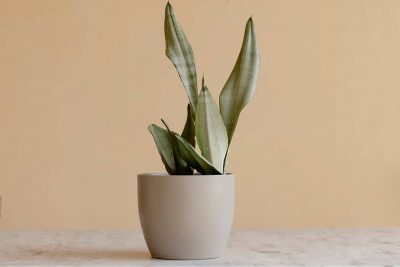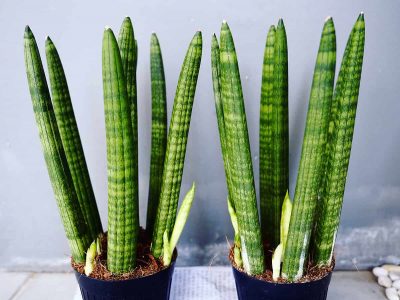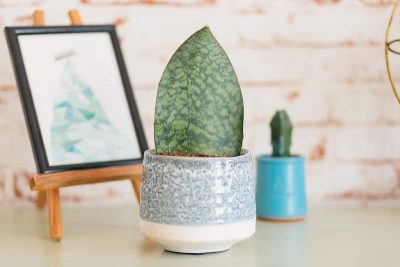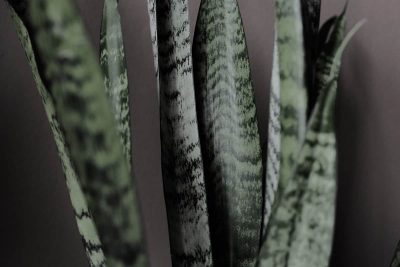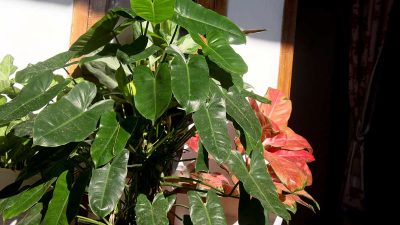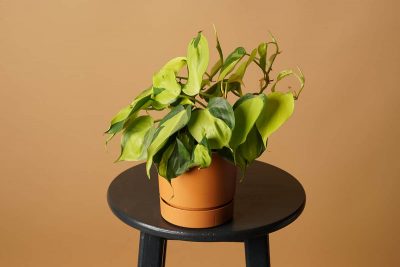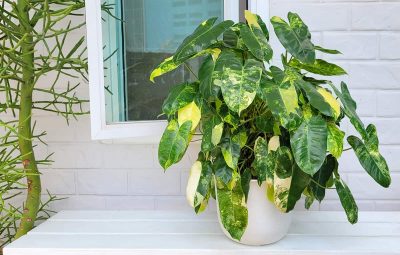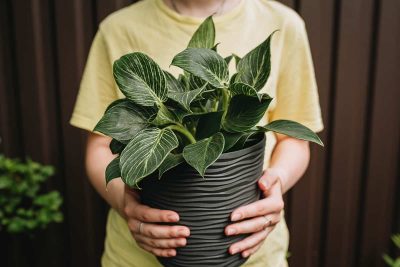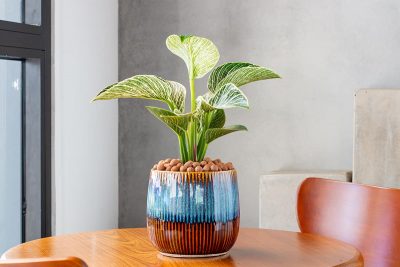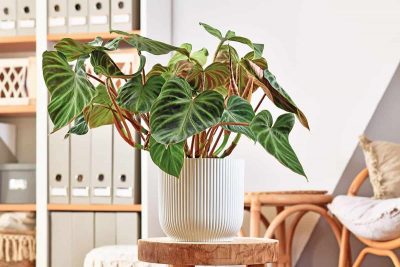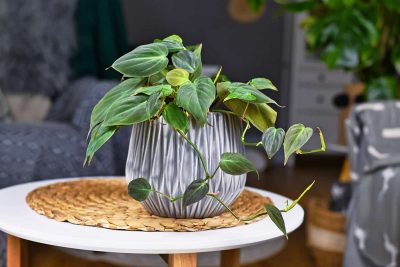Karli Edmondson-Matthews
Posts by Karli Edmondson-Matthews:
The Moonshine Snake Plant is one of the most sought after types of snake plants, because of its pale coloring and almost ethereal look. This plant’s most prominent feature is its mint green-silver foliage which grows upright to heights of up to 2 feet. Like other snake plants, it is native to tropical West Africa, so it makes for a great house plant. It is easy to grow, but it does benefit from some slightly different care than other varieties of snake plant. Read this guide to find out exactly how to care for your Snake Plant Moonshine.
The Braided Snake Plant is a species of snake plant which can be braided to create a quirky and unusual look. Like other snake plants, this variety is easy to care for and requires little maintenance. It is native to Angola, and makes a great house plant because it thrives in warm environments.
The Whale Fin Snake Plant is a striking variety which is instantly recognizable from its huge single leaf that heavily resembles the fin of a whale. This plant hails from the Democratic Republic of the Congo in Africa, so it also goes by the common name of ‘Mason Congo Sansevieria’. The unusual look of this snake plant has led to a surge in its popularity as a houseplant. Here you can learn all about how to take care of this gorgeous snake plant variety.
The eventual size of a snake plant is going to depend largely on the variety of snake plants you are growing, along with the care you are giving it. Snake plants can tolerate low lighting levels, and as a result, they are often grown as houseplants in darker corners of the home.
The Black Coral Snake Plant is a variety of the more common snake plant, popularly grown as a houseplant. It is an evergreen succulent that produces dense clumps of foliage, growing in upward-facing rosettes. It features dark green foliage, which appears black in low lighting, hence its name, along with zigzag banding in a bright green color.
If you are a keen gardener in a hot climate or a lover of houseplants, then you likely have at least one philodendron in your collection. These are enormously popular plants because they are relatively easy to care for, are beautiful to look at, and come in a wide range of varieties.
The Philodendron Cordatum is a rare plant which is commonly mistaken for other types of Philodendrons. It has heavily veined heart-shaped leaves, and grows along the rainforest floor in distinct areas of Brazil.
This is one of the less common types of Philodendrons grown as houseplants. It is native to the tropical rainforests of Brazil and is named after Roberto Burle Marx, who was a world-famous Brazilian landscape architect with a particular interest in using tropical plants in modern garden design.
Like most types of philodendrons, the philodendron birkin is easy to propagate. This means you can create numerous new birkin plants for your collection, or to give to friends and family.
The cost of a philodendron plant will differ depending on a number of factors. These include the species of philodendron, the size of the philodendron, the condition of the philodendron, and the place you buy it from. Common philodendron plants will typically cost between $15 and $40, while rare philodendrons can cost hundreds or even thousands of dollars.
There are a number of issues that can cause philodendron leaves to turn yellow. The most common problems are overwatering or underwatering, inadequate lighting, nutrient deficiency, or a pest infestation.
When grown in their native habitats in the wild, philodendron plants can actually live for over a century. The length of time your philodendron lives will be dependent on the level of care you give it, as well as the type of philodendron it is.
